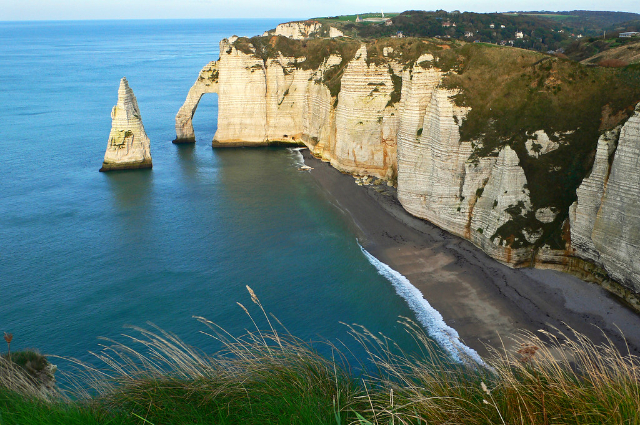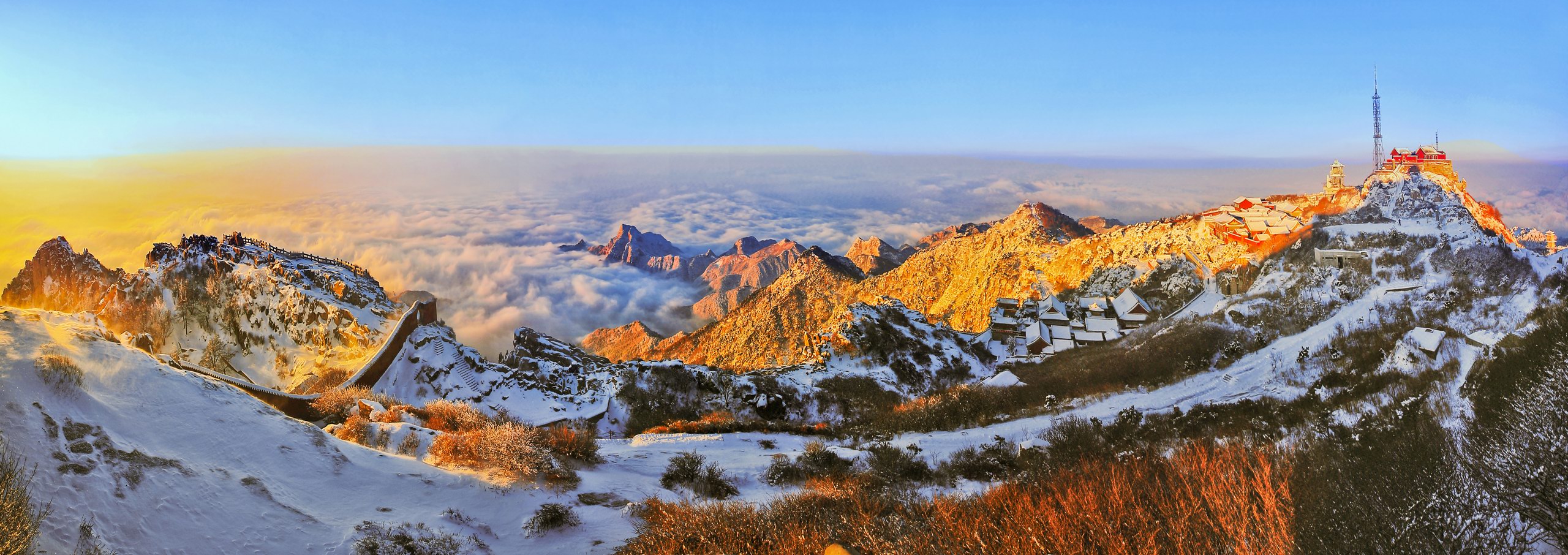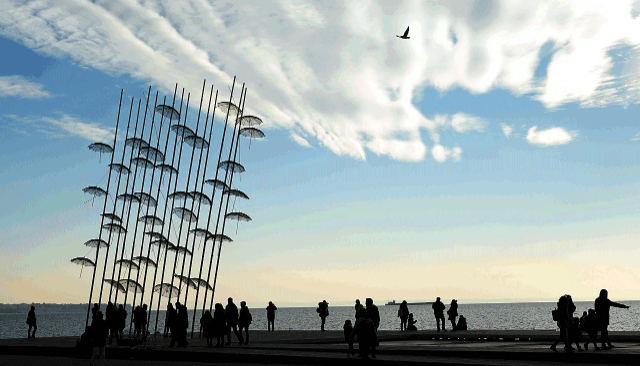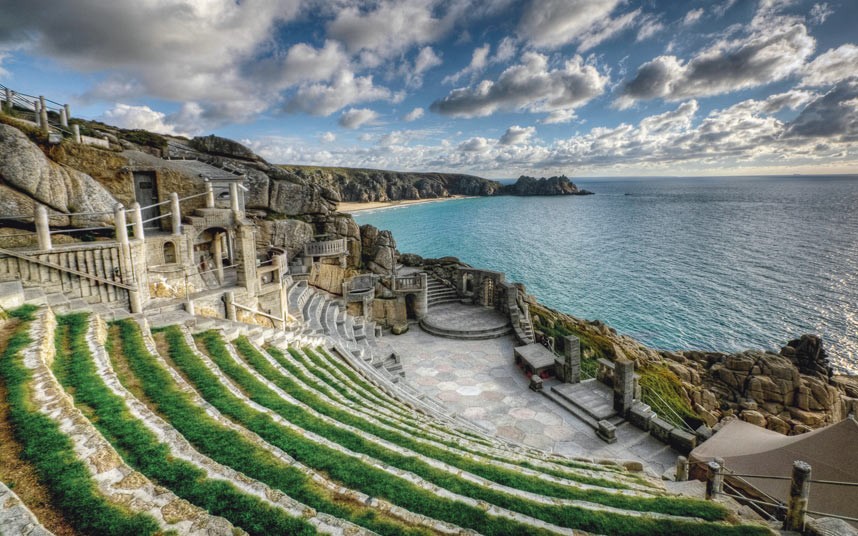The Porte d’Aval (on the left when looking at the sea), a huge flint archway, was carved by the waves beating the end of the Falaise d’Aval. The 51-metre-high needle bears witness to the geological past of the cliffs of Etretat. It has become famous, gained a universal reputation and inspired many painters and writers. Is it hollow and did it shelter the treasure of the Kings of France discovered by Arsène Lupin, as recounted in Maurice Leblanc’s novel, L’aiguille Creuse? You can find out more about this enigma by visiting Le Clos Lupin, the property acquired by the novelist in 1919.













